- Danbury, CT 06811
- support@closerscorp.com
- (888) 513-0111


Yes. The theme comes with very detailed documentation. You can find there detailed guide how to install the theme and import the demos, also explanation for every option that the theme provides.
No. Once you purchase the theme you have everything bundled together with the theme, and you can recreate any demo showcased here.
Yes. The theme uses the Elementor page builder for it’s layouts so you won’t need to touch any code.
 Get in touch
Get in touchSince 2018 we’ve generated over $50 million in value for businesses and are on track to create over $100 million in value before the end of 2022.
If you would like to jump on board this exciting journey with us and discover how we can help you take the next step in your business, book a consultation with one of our high-impact business advisors today.